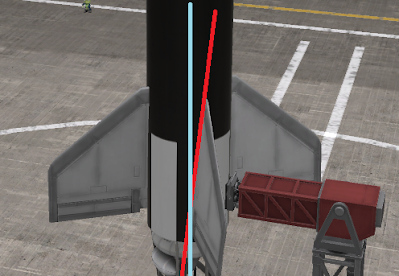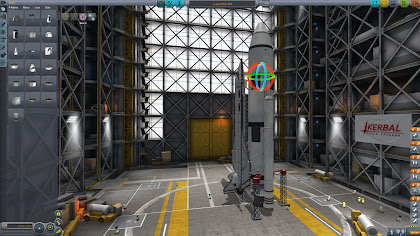The big one: Getting to orbit

The time has come to build our first orbit-capable rocket and design a payload for it. Woden Main Stage At the core of our new design is a new engine, similar to the RD-107 rocket engine used as the main engine on the Soviet's R-7 rocket . It can achieve a specific impulse (ISP, which roughly equates to efficiency) of 255 in atmosphere and offers a whopping 820 kN of thrust, far in excess of anything our space program has worked with before. Despite this, it's conceptually pretty similar to the V-2 rocket engine, only swapping out the ethanol for the more efficient kerosene . Woden Engines We are currently constructing a new launch pad capable of shifting 60 tonnes (three times our previous mass). Easily growing to match our new facilities, our new rocket core weighs a whopping 58 tonnes by itself. We have full avionic control and can control it using the built-in vernier engines . This design is intended to be modular, growing to meet the needs of our orbital programme mov












